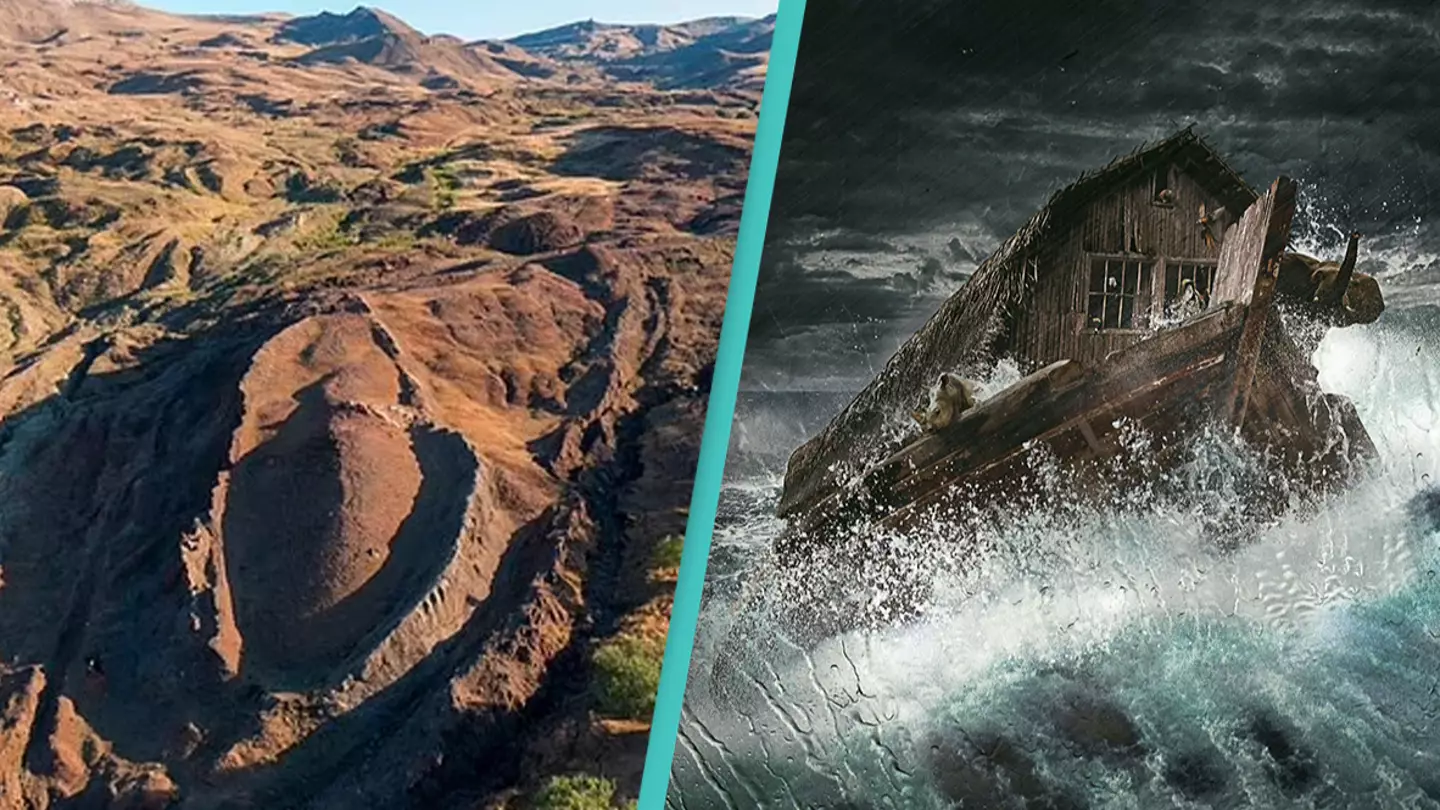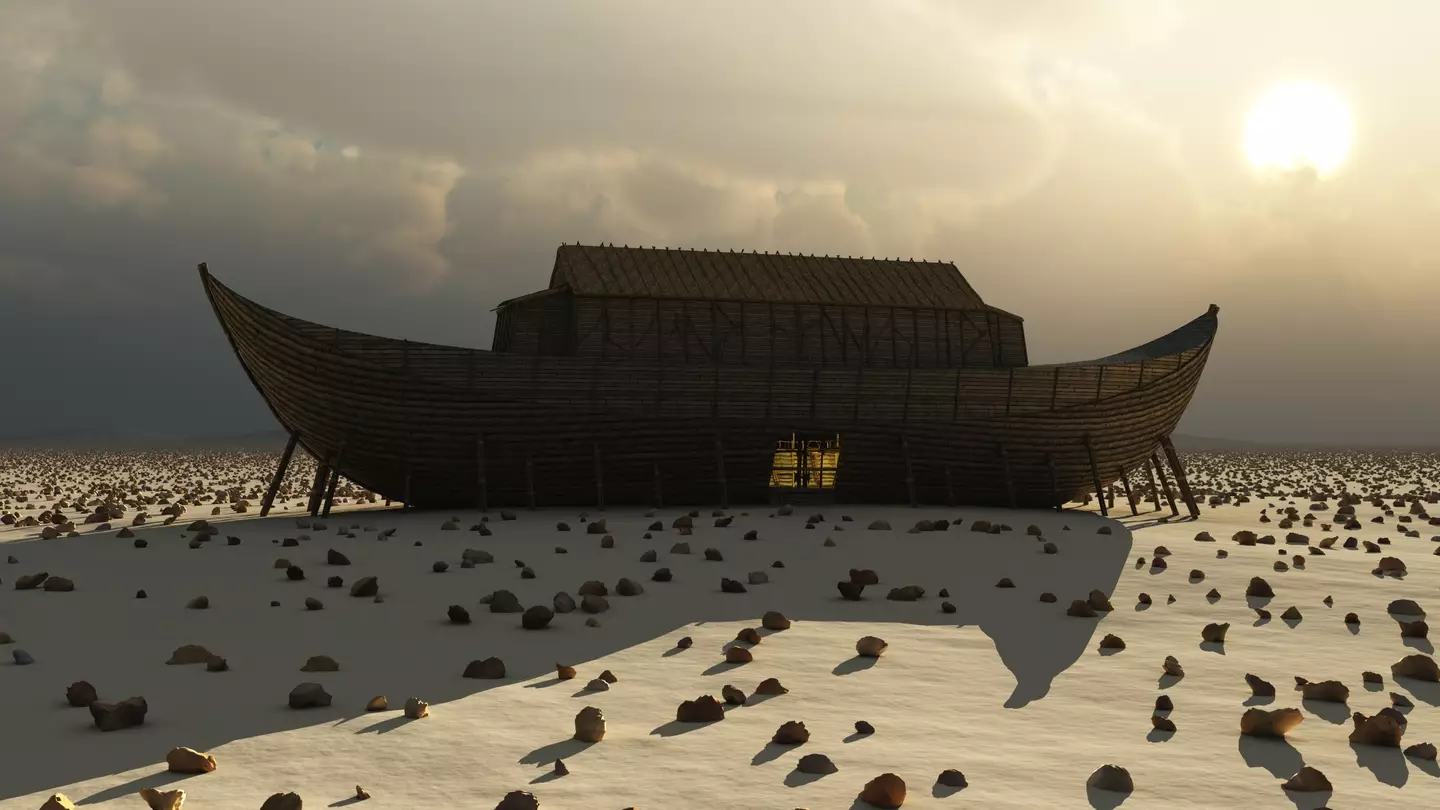
Whether you think it’s a myth or a fact, scientists believe they may have discovered a major piece of biblical history - and it’s pretty awesome.
We’ve all taken religious studies at least once in school, where we learned about the massive Ark that survived a mass-extinction event which wiped out humanity and all things living, except one family and two of each animal onboard.
Many of us laughed, because how could it have been possible to fit so many difference species together without them pouncing on one another?
Well, a team of archaeologists think that they are closer to confirming the supposed final resting place of Noah's Ark after excavating a geological formation in Turkey.
Advert

The samples taken from soil and ancient rock might contain evidence of the vessel, which would mean that the excavation site is 5,000 years old.
The analysis began two years ago in 2021, and initially found that the samples contained clayey, marine materials and seafood, which are often the result of human activity.
According to researchers, this would mean that humans would have been onboard between 5500 and 3000 BC, aligning with the Great Flood timeline.
Advert

Of course, if you’ve read the Bible, then you’ll know that it claims that the ark settled on the 'mountains of Ararat' in Turkey after a 150-day flood that wiped out anything that wasn’t on the ship.
An area that has been of particular interest to scientists since 1956 has been the geological formation located in Doğubayazıt district of Ağrı.
As the mountain is the highest peak in the country, standing at 16,500 feet with an eerily formed curve that would perch a giant boat perfectly, and the Ark believed to be around 515 feet long, 86 feet wide and 52 feet high.
Advert
Istanbul Technical University led a team of experts alongside Andrew University, and Ağrı İbrahim Çeçen University to conduct a year-long analysis of the site to collect samples to further their biblical research.
In December 2022, they went on to collect and test 30 samples of rock and soil - which AİÇÜ Vice Rector Professor Faruk Kaya said could prove human activity 5,000 years ago.
He said: “According to the first findings obtained from the studies, there have been human activities in the region since the Chalcolithic period between the years 5500 and 3000 BC.
Advert
“It is known that the flood of Prophet Noah went back 5,000 years ago.
“'In terms of dating, it is stated that there was life in this region as well. This was revealed in the laboratory results."
However, he added that it is 'not possible' to say that the ship was definitively there just with dating alone and they'd 'need to work for a long time to reveal this'.
However, the alleged discovery has also been disputed by geologists, who say that it is just a rock - nothing more.
Advert
Though there have been differing opinions, it’s still a great starting point to find out whether it existed and if so, where it’s remains are.
Topics: Science, Travel, Weird, Technology, News, World News

